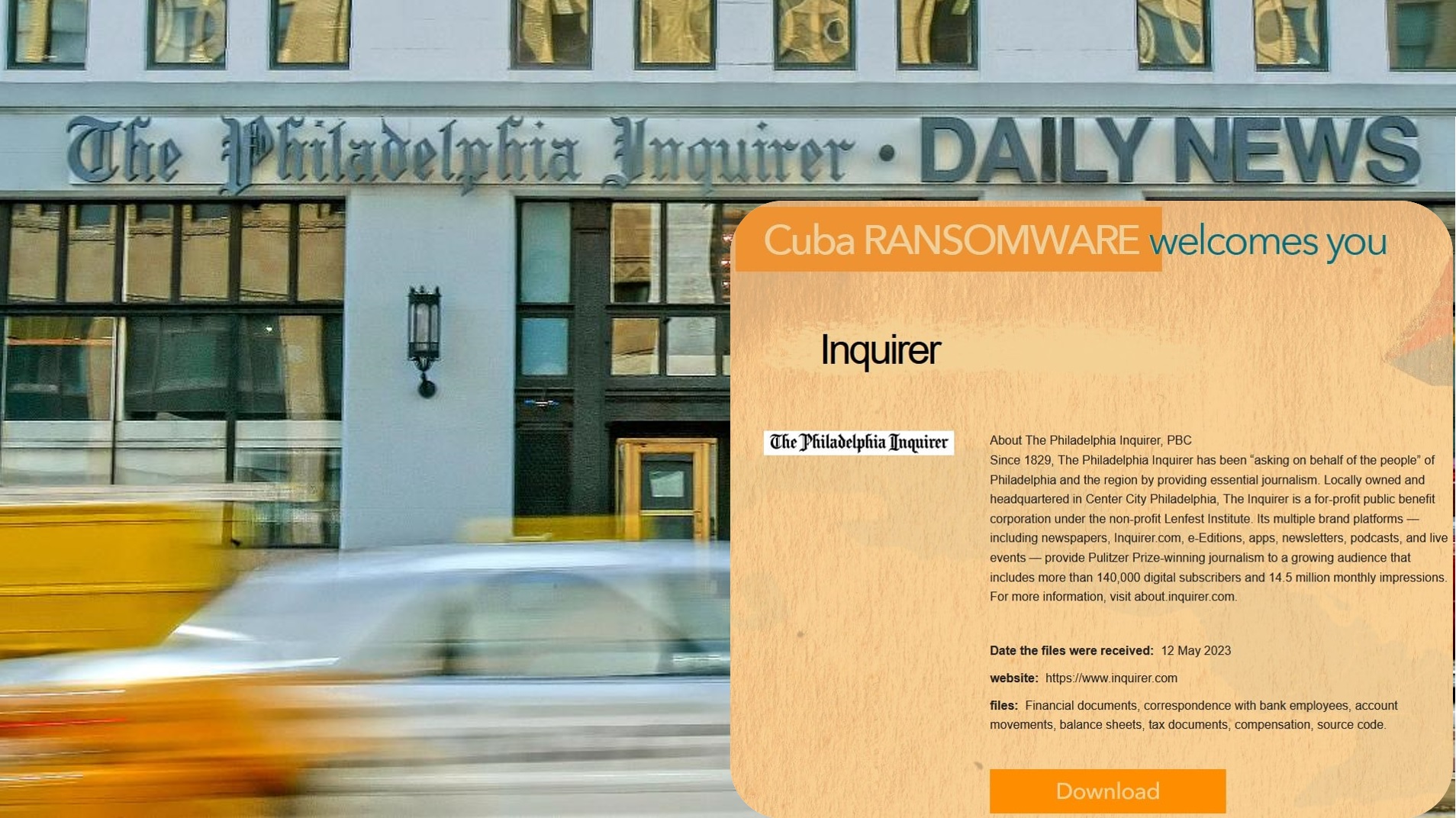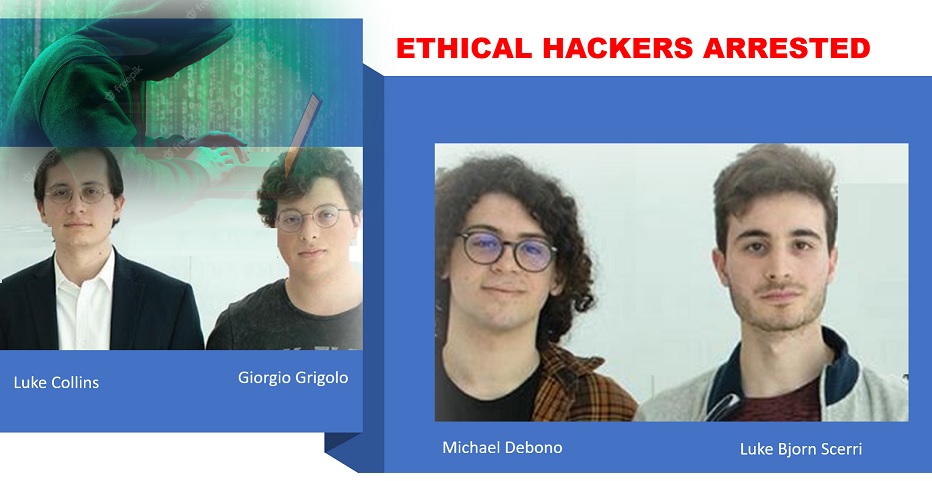APT1 (Also known as: Unit 61398, Comment Crew)
Suspected attribution: China’s People’s Liberation Army (PLA) General Staff Department’s (GSD) 3rd Department (总参三部二局), which is most commonly known by its Military Unit Cover Designator (MUCD) as Unit 61398 (61398部队).
Target sectors: Information Technology, Aerospace, Public Administration, Satellites and Telecommunications, Scientific Research and Consulting, Energy, Transportation, Construction and Manufacturing, Engineering Services, High-tech Electronics, International Organizations, Legal Services Media, Advertising and Entertainment, Navigation, Chemicals, Financial Services, Food and Agriculture, Healthcare, Metals and Mining, Education
Overview: APT1 has systematically stolen hundreds of terabytes of data from at least 141 organizations, and has demonstrated the capability and intent to steal from dozens of organizations simultaneously. The group focuses on compromising organizations across a broad range of industries in English-speaking countries. The size of APT1’s infrastructure implies a large organization with at least dozens, but potentially hundreds of human operators.
Associated malware: TROJAN.ECLTYS, BACKDOOR.BARKIOFORK, BACKDOOR.WAKEMINAP, TROJAN.DOWNBOT, BACKDOOR.DALBOT, BACKDOOR.REVIRD, TROJAN.BADNAME, BACKDOOR.WUALESS
Attack vectors: The most commonly observed method of initial compromise is spear phishing. The spear phishing emails contain either a malicious attachment or a hyperlink to a malicious file. The subject line and the text in the email body are usually relevant to the recipient. APT1 also creates webmail accounts using real peoples’ names. While APT1 intruders occasionally use publicly available backdoors such as Poison Ivy and Gh0st RAT, the vast majority of the time they use what appear to be their own custom backdoors. Throughout their stay in the network (which could be years), APT1 usually installs new backdoors as they claim more systems in the environment. Then, if one backdoor is discovered and deleted, they still have other backdoors they can use. We usually detect multiple families of APT1 backdoors scattered around a victim network when APT1 has been present for more than a few weeks.










